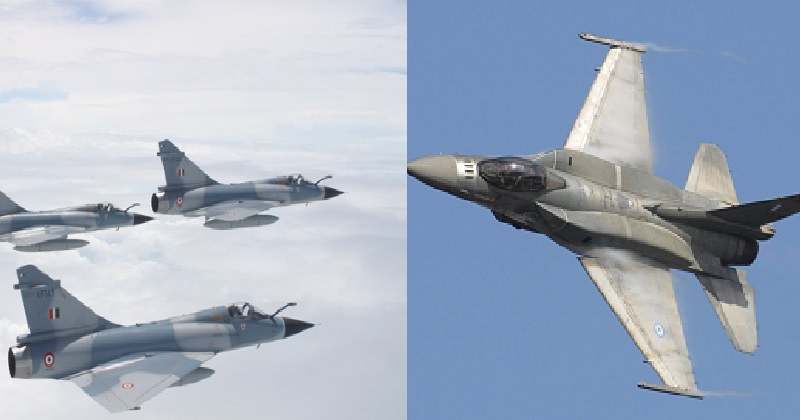
The Indian Air Force (IAF) carried out strikes at one of the biggest terror camps of Jaish-e-Mohammed in a “non-military”, “preemptive” action in Pakistan’s Balakot region. Defence sources have said that a fleet of Mirage 2000 carried out the exercise and pounded the terror camp with bombs and levelled it.
The Mirage is ideally designed to seat a single fighter pilot, but can be made into a twin-seat jet depending on the armed forces’ requirements.
It has a length of 14.36 metre and a wingspan of 91.3 metre. The plane weighs 7500 kg (dry) and has a total takeoff weight of 17000 kg. The Mirage 2000 has a maximum speed of Mach 2.2 (2336 kmph) and can travel 1550 km with drop tanks. The flight height is capped at 59000 ft (17km).
In terms of armaments, the Mirage 2000 has two 30 mm DEFA 554 revolver cannon. Each gun contains approximately 125 rounds and can be used for air-to-air combat. There are a total of nine hardpoints or weapon stations, designed to carry external weapons or fuel.
Considered to be a fast-paced bomber aircraft, the Mirage 2000 took its first flight in 1978. After its induction into IAF, it was called the Vajra.
India had initially ordered some 36 single-seater Mirage 2000 aircraft and 4 twin-seater Mirage 2000 aircraft as a response to Pakistan’s acquisition of US-made F-16 Falcon fighter jets-the same fighter aircraft Pakistan claims was used to challenge the IAF during today’s operation.
The F-16 Falcon, on the other hand, is a single-engine supersonic multirole fighter, which was manufactured by General Dynamics, now Lockheed Martin for the US Air Force (USAF). A total of 4,500 aircraft have been manufactured since it was first introduced in 1976. It is popular for being an all-weather multirole aircraft as it offers better visibility than many of its direct competitors.

Post Your Comments